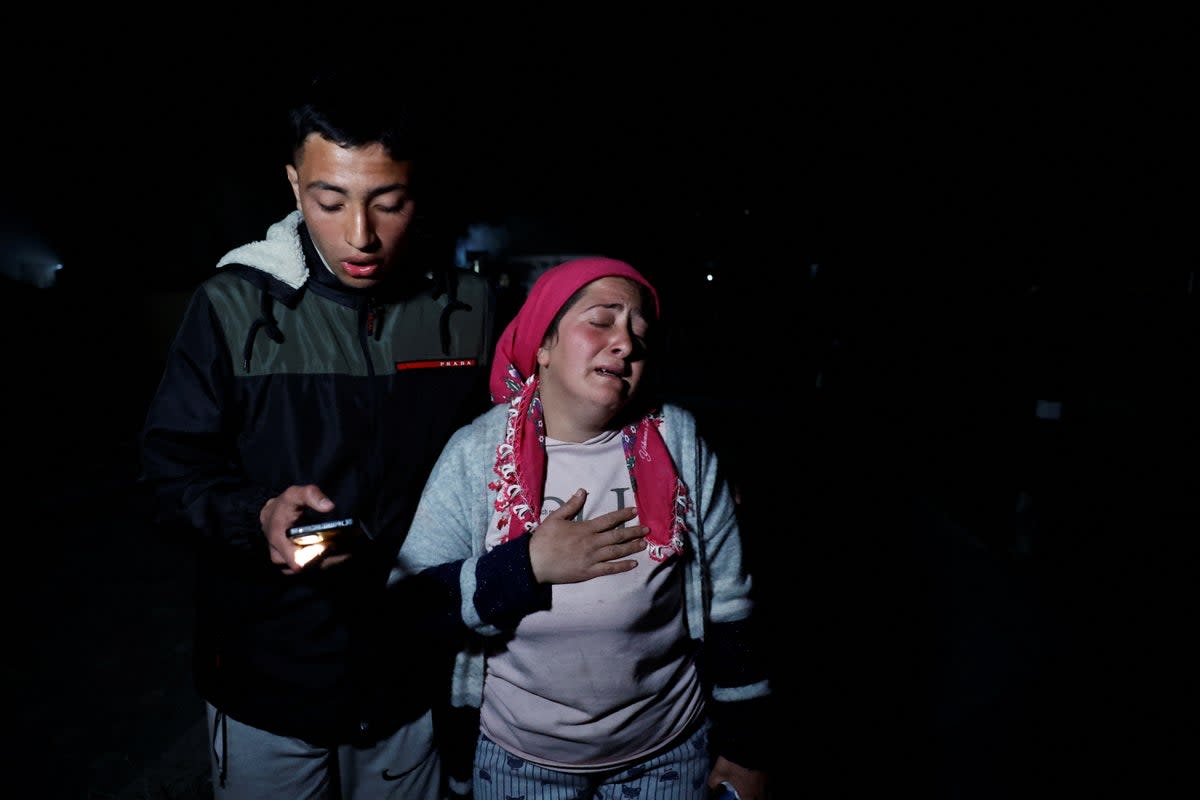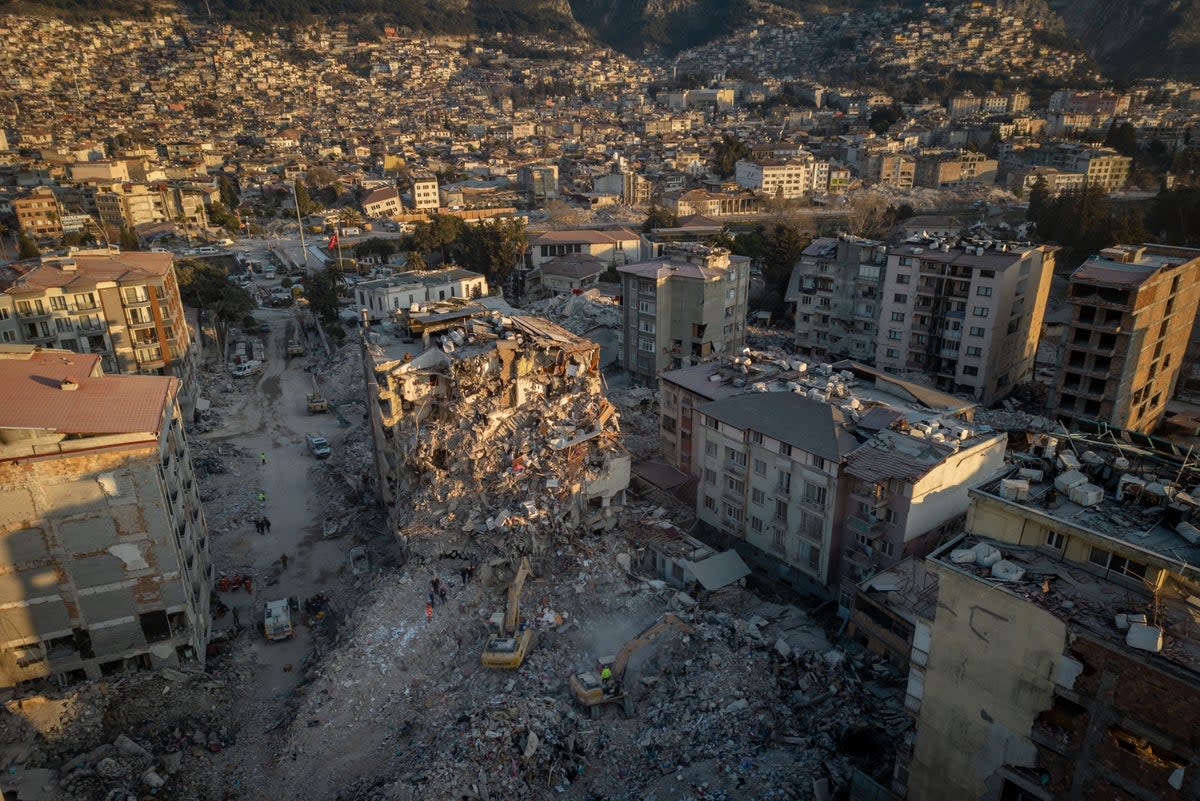Three dead as fresh earthquakes hit devastated Turkey-Syria border region
Three people are dead and more than 200 injured from two fresh earthquakes that jolted the Turkey-Syria border just two weeks after devastating temblors struck the region.
The two earthquakes of 6.4 and 5.8 magnitudes struck at 8.04pm local time (17:04 GMT) on Monday in Defne town in Turkey‘s southernmost Hatay province, one of the most affected areas in the country.
The 6 February earthquakes killed nearly 45,000 people in both countries and displaced millions. The worst earthquakes in Turkey since 1939 were followed by more than 6,000 aftershocks.
The twin quakes struck the region soon after emergency workers had begun winding down rescue operations because hopes of rescuing more people had faded.
But they have renewed searches for survivors under the rubble after the fresh quakes led to more building collapses in both Turkey and Syria.
Buildings in the province were already weakened by the previous quakes.
Tremors from the 6.4-magnitude quake were felt not just in earthquake-battered Syria, but also in Jordan, Cyprus, Israel and as far off as Egypt.
Turkish interior minister Suleyman Soylu told reporters on Tuesday that three people died and 213 were left injured from the two new earthquakes.

Three deaths occurred in Antakya, Defne and Samandag, he said, urging people to not enter potentially dangerous buildings.
He added that search and rescue efforts were underway in three collapsed buildings where six people were believed trapped.
In northwestern Syria, at least 130 people were injured after many panicked residents were trampled as they rushed to safety. The White Helmets, a civil defense group helping in relief in the country, said most of the injuries were non-life threatening, including fractures and cases of people fainting from fear.
A number of buildings were damaged in areas already damaged by the previous temblors, they said.

In Antakya, residents spoke of fear and panic, saying Monday’s jolts were much stronger than the previous ones.
“We felt it much stronger” than the 6 February quake, the mayor of the Defne district near Antakya, Ibrahim Guzel, told broadcaster NTV. “There is no electricity.”
“I thought the Earth was going to split open under my feet,” local resident Muna al-Omar told Reuters, as she cried while holding her seven-year-old son.
In Hatay, a person trapped inside a three-storey building was rescued by police. They were also making efforts to reach three people trapped inside the same building, HaberTurk television reported.
Journalists of the NTV channel reporting from Hatay said they were violently shaken by Monday’s quake and had to hold on to each other to avoid falling.
Turkish president Recep Tayyip Erdogan who visited Hatay earlier on Monday before the fresh disasters, said his government would begin constructing close to 200,000 new homes in the quake-devastated region as early as next month.
The new buildings will be no taller than three or four stories, built on firmer ground and to higher standards in consultation with “geophysics, geotechnical, geology and seismology professors” and other experts, Mr Erdogan said.
Around 1.6 million people are currently being housed in temporary shelters, he said.
